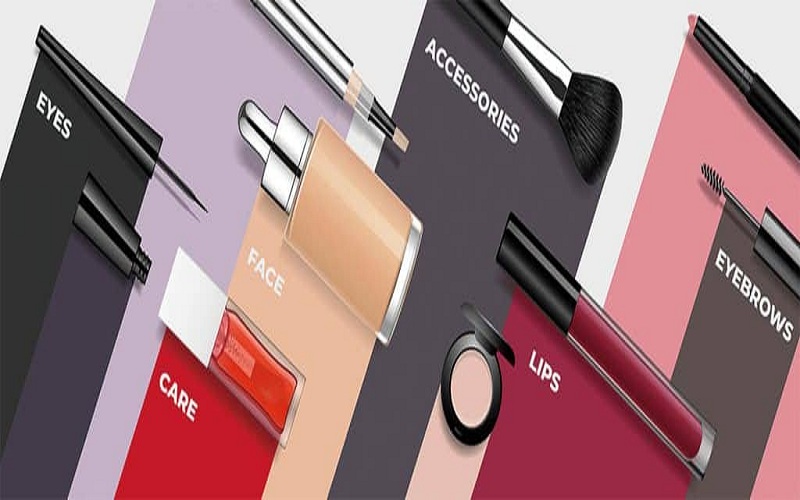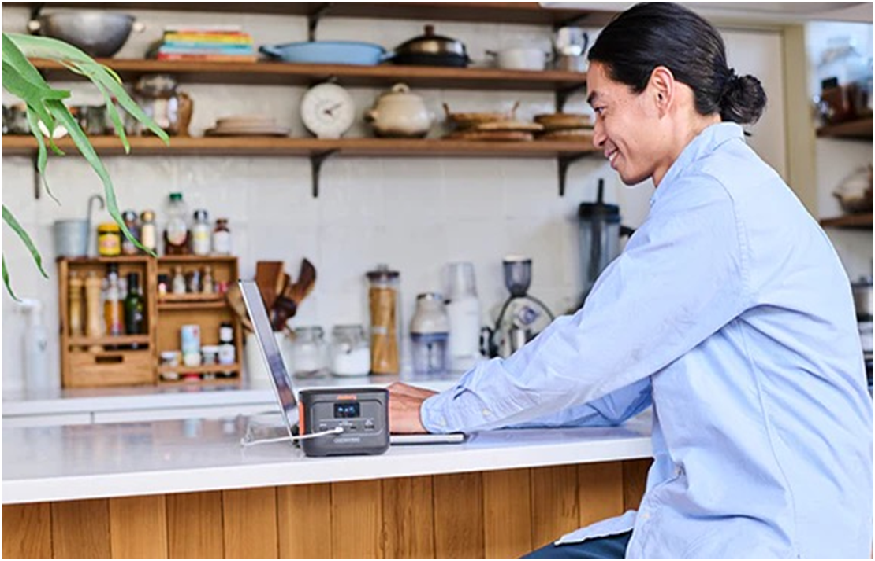Introduction
Packaging has always been an integral part of product delivery, protecting goods during transportation, storage, and display. Over the years, packaging materials and techniques have evolved significantly to meet changing consumer demands, environmental concerns, and technological advancements. Among these innovations, flexible packaging materials have emerged as a versatile and sustainable solution, revolutionizing the packaging industry.
1. Understanding Flexible Packaging
Flexible packaging refers to packaging materials that are easily shaped or molded to fit the product they contain. These materials are typically lightweight, and durable, and offer various barrier properties to protect the contents from moisture, oxygen, light, and other external factors. Common examples of manufacturing flexible packaging include pouches, bags, films, and wraps.
2. The Role of Flexible Packaging Manufacturers
Flexible packaging manufacturers play a crucial role in the production and distribution of these materials. They utilize advanced manufacturing processes and technologies to create packaging solutions that meet the specific needs of their clients. From designing customized packaging designs to ensuring quality control throughout the production process, manufacturers strive to deliver innovative and cost-effective solutions to their customers.
3. Advantages of Flexible Packaging
One of the primary advantages of flexible packaging is its ability to reduce material usage compared to traditional rigid packaging formats. This not only minimizes waste but also lowers transportation costs and carbon emissions. Additionally, flexible packaging offers superior product protection, extending the shelf life of perishable goods and reducing food waste. Its lightweight nature also contributes to fuel efficiency during transportation, further reducing the environmental impact.
4. Sustainability in Flexible Packaging
In recent years, there has been a growing emphasis on sustainability within the packaging industry. Flexible packaging manufacturers have responded to this demand by developing eco-friendly materials and implementing recycling programs. Many flexible packaging material manufacturer are now recyclable or made from renewable resources such as plant-based plastics. Furthermore, advancements in compostable packaging have provided an environmentally friendly alternative for certain applications.
5. Innovation and Technology
The rapid advancements in technology have significantly impacted the flexible packaging industry, enabling manufacturers to produce more efficient and sustainable solutions. Cutting-edge technologies such as digital printing, laser scoring, and barrier coatings have enhanced the performance and functionality of flexible packaging materials. These innovations allow for greater customization, faster production times, and improved product protection.
6. Applications of Flexible Packaging
Flexible packaging materials find applications across various industries, including food and beverage, pharmaceuticals, personal care, and household products. In the food industry, flexible packaging is particularly popular for its ability to preserve freshness and extend the shelf life of perishable items. From stand-up pouches for snacks to retort pouches for ready-to-eat meals, flexible packaging offers versatile solutions for manufacturers and consumers alike.
7. Online Food Packaging Containers
With the rise of e-commerce and online food delivery services, the demand for convenient and durable packaging containers has surged. Flexible food packaging containers online manufacturers have capitalized on this trend by offering a wide range of packaging solutions tailored to the needs of online retailers and food service providers. These containers are designed to withstand the rigors of transportation while maintaining the integrity and freshness of the packaged food.
8. Customization and Branding
Flexible packaging allows for extensive customization options, enabling brands to differentiate themselves in a crowded marketplace. Manufacturers can create unique shapes, sizes, and designs that resonate with consumers and reinforce brand identity. Furthermore, advanced printing techniques allow for vibrant graphics and eye-catching visuals that enhance shelf appeal and attract consumer attention.
9. Regulatory Compliance and Safety
Ensuring compliance with regulatory standards and safety requirements is paramount in the flexible packaging industry. Manufacturers must adhere to strict guidelines regarding food contact materials, chemical migration, and product labeling. By maintaining rigorous quality control measures and conducting thorough testing, manufacturers can guarantee the safety and integrity of their packaging materials.
10. Market Trends and Growth Opportunities
The flexible packaging industry is experiencing robust growth driven by changing consumer preferences and market trends. As consumers increasingly seek convenience, portability, and sustainability, the demand for flexible packaging solutions continues to rise across various sectors. Market research indicates a significant shift towards flexible packaging formats, particularly in the food and beverage industry, where brands are looking to differentiate themselves and enhance their product offerings.
11. Supply Chain Resilience and Adaptability
The COVID-19 pandemic highlighted the importance of supply chain resilience and adaptability within the packaging industry. Flexible packaging manufacturers faced unprecedented challenges as global supply chains were disrupted, leading to supply shortages and production delays. However, the crisis also underscored the agility and resilience of flexible packaging materials, which proved vital in ensuring the continued availability of essential goods such as food, pharmaceuticals, and personal care products.
12. Collaborative Partnerships and Sustainability Initiatives
Collaborative partnerships between flexible packaging manufacturers, brand owners, retailers, and consumers are essential for driving sustainability initiatives and fostering a circular economy. By working together, stakeholders can develop innovative solutions, improve recycling infrastructure, and reduce the environmental footprint of packaging materials. Manufacturers are actively engaging with their customers to understand their sustainability goals and develop tailored packaging solutions that align with their objectives.
13. Consumer Education and Awareness
Educating consumers about the benefits of flexible packaging materials and the importance of responsible consumption is key to driving sustainable behavior change. Brands and manufacturers can leverage marketing campaigns, product labeling, and social media channels to raise awareness about recycling, waste reduction, and the environmental impact of packaging. By empowering consumers to make informed choices, we can collectively reduce the environmental footprint of packaging materials and create a more sustainable future.
14. Embracing the Future of Packaging
As we look ahead, the future of packaging lies in innovation, collaboration, and sustainability. Flexible packaging materials have emerged as a versatile and sustainable solution to meet the evolving needs of consumers, brand owners, and retailers. By harnessing the power of technology, embracing market trends, and fostering collaborative partnerships, the flexible packaging industry is well-positioned to drive positive change and shape the future of packaging for generations to come.
Conclusion
Flexible packaging materials have transformed the way products are packaged, distributed, and consumed. With their numerous advantages, including sustainability, versatility, and cost-effectiveness, flexible packaging solutions are poised to dominate the packaging industry in the years to come. As consumer preferences continue to evolve, flexible packaging manufacturers will play a vital role in driving innovation and shaping the future of packaging.




